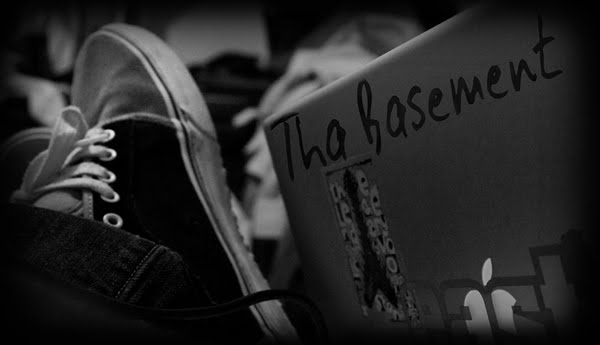The Dada
and Surrealism art movements that began in the early 1920's challenged the
concept and idea of art at the time. The Dada movement represented itself
through pieces such as 'readymades' or performances as well as standard art
mediums. This movement rejected any logic and rationality within it's
expression, and instead stood for nonsense. Primarily a visual art movement,
Dada-ism stood for anti-war and was against alot of norms of society in
general. Actually Dada ideas mainly revolved around this anti-art image and
idea of challenging what is art
and what it is contrived of.
Where as
previous art movements were concerned with aesthetics based of off traditional
art works and previous movements, Dada sought to dismiss this whole conception.
For example, one of the first pieces considered "Dada" was Hugo Ball
Reciting the Sound Poem, from 1916. This piece consisted of Hugo dressing up in
cardboard and reciting sounds, noises of gibberish to an audience at the
Cabaret Voltaire. The ideas behind these Dada influenced pieces were revolutionary
at the time, and made a mark within art history. However items like readymades
and these performances were and still are considered as controversial within
the aspect of art.
I think, when looking at modern art
during the time period, that the Dada movement was more of a relief to artists.
Taking readymades, items that had already been produced for a certain use, and
turning them into art shocked the art world and left artists to ponder the idea
of art. Marcel Duchamp’s Fountain, a
porcelain urinal, is a great example of a readymade and revolutionary Dada
piece. He took this plumbing fixture and wrote in permanent marker “R. Mutt
1417”, which is considered as gibberish itself. This piece was exhibited in a
museum and seen as offensive and absolutely non-art.
I would say that items like this
readymade, can be considered art in a certain aspect. Not within a purely visual
aspect, but more behind the idea of art and what it is. This readymade can be
considered art, within the idea of it itself. This is the Dada idea of
challenging the art world, a characteristic of the avant-garde. People involved in this Dad movement,
would not even consider it an art movement, and therefore perhaps their pieces
are not art at all. They challenge the public to make these decisions of what
is or is not art, of what is displayed in an exhibition or not.
Though some pieces of Dada are not
visually appealing, they do not stand for aesthetics. This movement, different
from any other within art, depicts nonsense and dismisses any logic especially
within art forms based off of historical art movements. The modern art world was witness to
pieces that could be verbal nonsense, items from every day life, or anything in
general. Artists like Ball and Duchamp were revolutionary within their art
pieces, and challenged the art world with an avant-garde quality to it.

